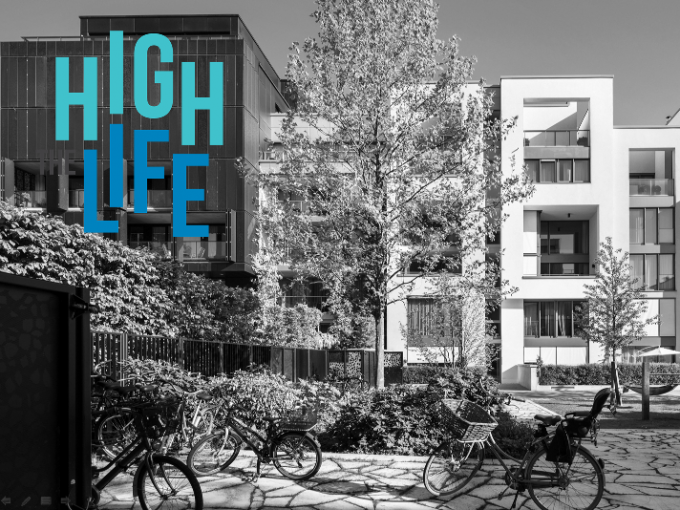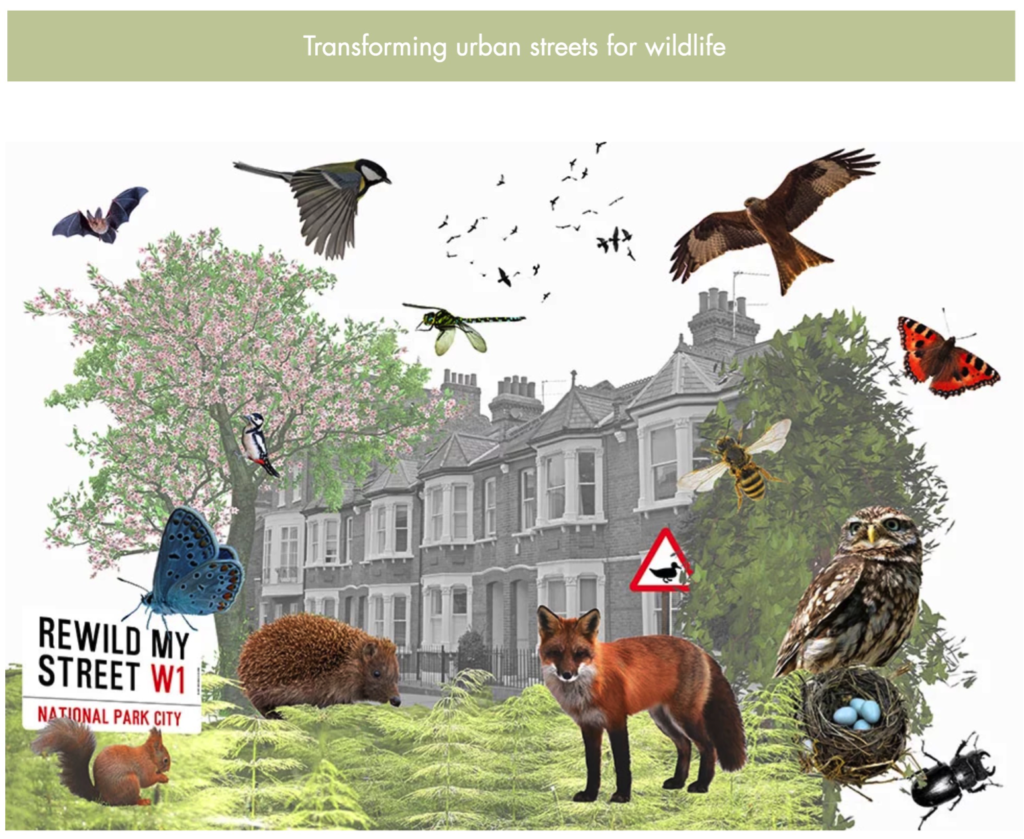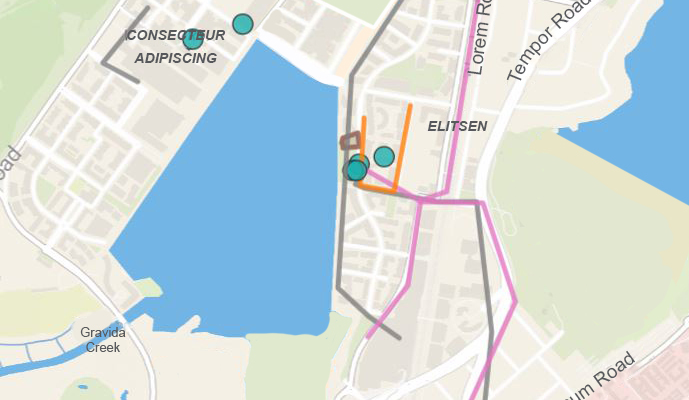City Know-hows

Target audience
Policy-makers, planners, developers, academics
The problem
Australia’s housing context has long been characterised by low-rise detached homes, but rapid population growth has prompted a recent boom in apartment construction. Apartment residents may be more vulnerable to the negative impacts of COVID-19 stay-at-home orders due to the distinct constraints and stressors of apartment housing, but empirical research on this population is scarce.
What we did and why
Our study adds to the literature on the health impacts of lockdowns by examining longitudinal changes in the health behaviours of Australian apartment residents. Participants (n=159) completed a survey between 2017-2019 and a follow-up survey in 2020 following a six-week national lockdown.
Our study’s contribution
Our results demonstrated that behaviours were both positively and negatively impacted. Residents reported increased walking for recreation, sleep duration, and home cooking frequency, but also reported decreased walking for transport and greater sitting time. Similarly, weight/BMI also increased.
An important strength of this study is the longitudinal examination of a cohort of apartment residents using data collected pre- and post- mandatory stay-at-home orders. Moreover, our study does not focus on a single outcome, but a wide range of health and lifestyle behaviours.
Impacts for city policy and practice
Given the likelihood of future pandemics, a renewed policy focus on apartment space and layout provisions that better facilitate home-based activity is required to mitigate the health risks of lockdown conditions for those living in apartments.
The findings underscore the importance of understanding the specific impact of the pandemic on different populations, including apartment residents, to inform public health policies and interventions.
Further information
Full research article:
Boxed in: changes in apartment residents’ health behaviours following the COVID-19 lockdown – a longitudinal cohort study by Alexandra Kleeman & Sarah Foster
Related posts

City residential streets offer an opportunity to give back to nature, making changes to make them a habitat for wildlife. Our study investigated the behaviour of rewilding

What makes a city truly happy? Drawing on research from nine global megacities, this study identifies the most important factors that foster happiness in urban public spaces. Put these 18 evidence-based criteria to work and transform your city’s streets, parks, and squares.

With new advances in public participation Geographic Information Systems and the increasing use such these tools for participatory mapping of various spatial data, urban designers need to understand the usefulness of these tools in investigating micro-scale physical characteristics of urban settings.